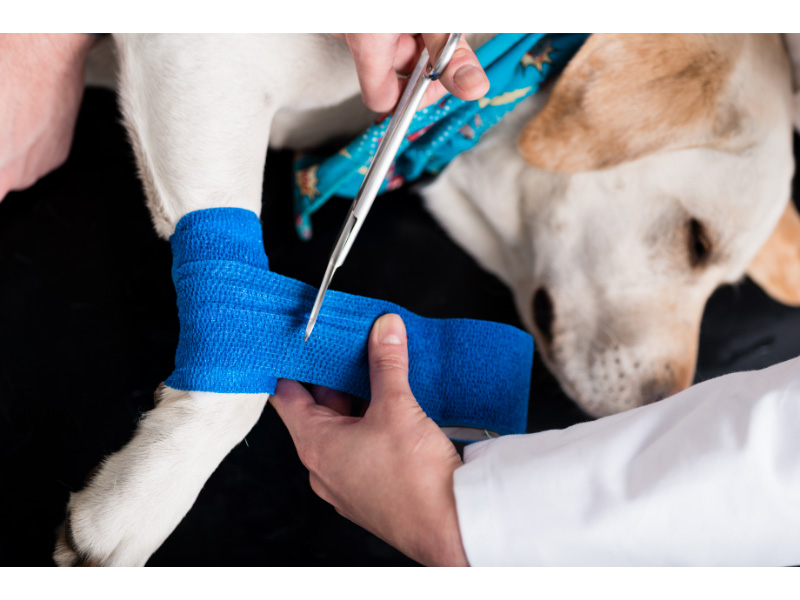Burn Treatment for Dogs
Doctor of Veterinary Medicine

While efforts are made to answer all questions as quickly as possible, if an immediate answer is required or if your pet is in need of urgent or emergency care, contact your pet's veterinarian immediately.
Doctor of Veterinary Medicine

You will receive an answer from Dr. Lindsay and our vet/tech team as soon as possible, usually the same day.
All answers are provided for informational or educational purposes only, and are intended to be a supplement to, and not a substitute for, the expertise and professional judgment of your pet's veterinarian.
It may be necessary to consult your pet's veterinarian regarding the applicability of any opinions or recommendations with respect to your pet's symptoms or medical condition.
CloseDoctor of Veterinary Medicine

An error has occurred, please reload the page and try again.
CloseWhile efforts are made to answer all questions as quickly as possible, if an immediate answer is required or if your pet is in need of urgent or emergency care, contact your pet's veterinarian immediately.
There is no answer related to your question

Burns, among many wounds, can be very painful for dogs. Dogs can get burns from heat sources, chemicals or radiation; however, most burns are caused by heat sources that are in or near the home. Burns from in or around the home can be easily prevented by making sure the home is "dog-proofed". These burns can come from open flames, electric heating pads, hot-air dryers, heat lamps, hot metal surfaces, boiling liquids, electric cords, and the sun.
Unfortunately, burns can cause serious damage, depending on the severity of the burn. There are three types of burns that are defined by the severity of the damage to the body it caused.
1st-degree burn
1st-degree burns are the least damaging burn. They only damage the top layer of skin and causes minimal pain and redness. These burns are quick to heal and usually won't end up with a vet visit. One of the most common 1st-degree burns dogs get is sunburn, which can be prevented with My Dog Nose It Sun Protection for Dogs.
2nd-degree burn
2nd-degree burns are a more painful and injuring burn that damages deeper layers of skin tissue than 1st-degree burns. Blisters may appear on the skin surface as a result of the burn. Because of the more severe damage to deeper layers, there can be a risk of infection, and a visit to the vet is necessary. In order to help prevent burns from becoming infected, use Silver Sulfadiazine Cream 1%, which requires a prescription from your veterinarian.
3rd-degree burn
A 3rd-degree burn is when the skin is either partially or fully burned through. These are extremely painful, and sometimes charring can be seen. A 3rd-degree burn can be life-threatening, and they require immediate veterinary care. These burns are very dangerous because the skins protective layer is completely destroyed, making your dog highly susceptible to infection.
How to treat burns
All burns, big or small, must be treated. Left untreated, burns can cause an electrolyte imbalance, kidney failure, and more. In severe cases, burns can be fatal. Unless directed by your veterinarian, never put any ointment, creams, butter, or margarine on burns.
Since light, 1st degree burns only cause superficial damage; they can be treated at home. Flush out the heat with cool flowing water, and then cool the burned area with a sterilized cooling compress cloth. Cover the area with a non-stick bandage, and call your veterinarian if you have any further questions.
For more severe burns, 2nd and 3rd degree, check for any signs of shock in your dog and treat those first. Then, apply a clean, dry dressing to the burned area. Do not use a dressing that might have loose fibers, such as cotton, because it can get caught in the wound and result in more issues. Once the wound is dressed and covered fully, wrap the dressing in clean sheets and immediately take your dog to the veterinarian.
 Swipe
Swipe





















